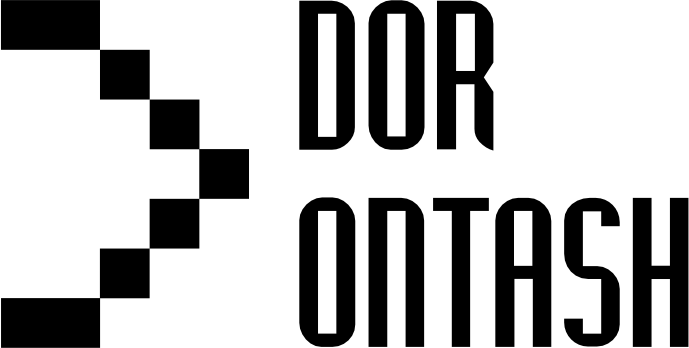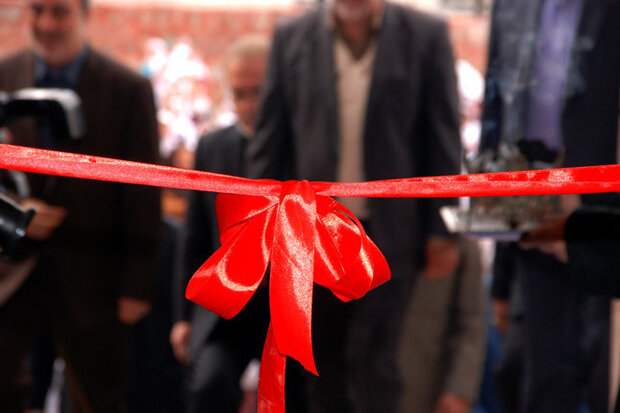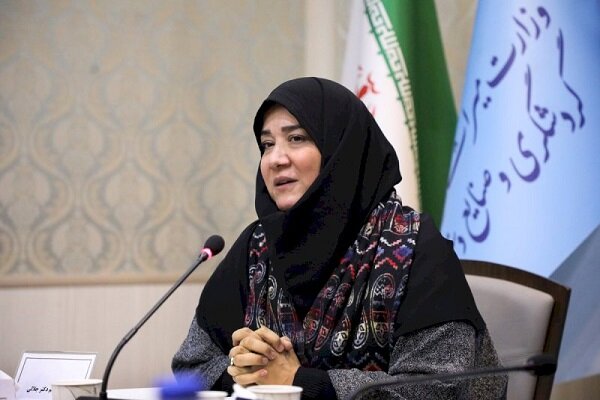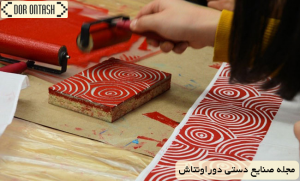
Iranian metal Etching such arts are not the only activity of a master or craftsman and tool-maker in using a pen and hammer on a metal piece or container, but it is based on enthusiasm and other aspects of human distinction in using his meditation and work. A smart and clever person who, with the essence of intelligence, embarks on a deep revelation in nature and creatures and rises to a struggle that causes the emergence and crystallization of a conscious passive movement in the name of creating a work of art that is a mixture of the natural unconscious joy in the gut and tools and equipment. And materials and materials exist in the material world. The art of calligraphy is one of the handicrafts of Isfahan, Shiraz and Tabriz, each of which has its own style. Brushing is decorating and carving patterns on metal objects, especially copper, gold, brass, and copper, in other words, creating lines and patterns by means of a pen with a hammer blow on metal objects. Due to its softness and malleability, copper is more common than other metals in the art of engraving. On the other hand, according to archaeologists and art historians, copper is the first metal that was noticed by humans in the art of metalwork and engraving. Calligraphy is one of the fields of traditional arts of Iran, which can be classified in the category of artificial arts and in the group of metalwork. Calligraphy is a noble and valuable art in the traditional culture and spiritual art of Iranians, and it has a special place, which, with the help of Iranian artist’s taste and thought, with the influence of customs, traditions, culture and religion, expresses the opinions and ideas of Iranians to the most beautiful metal object. It has left a deep mark and in the long history of various events and developments, and has passed its permanence to the next generations. The art of painting on metal is therefore more important to artists because it has more durability and survival than other objects. The role of motifs and symbols of motifs in different historical and cultural periods are different based on ideological and cultural transformations, and they change under the influence of social conditions and follow the course of evolution.
پیشینه قلمزنی به زمان سكاها یا سیت ها نسبت داده می شود كه نژاد آریایی داشتند.
Investigating the history of calligraphy in Iran
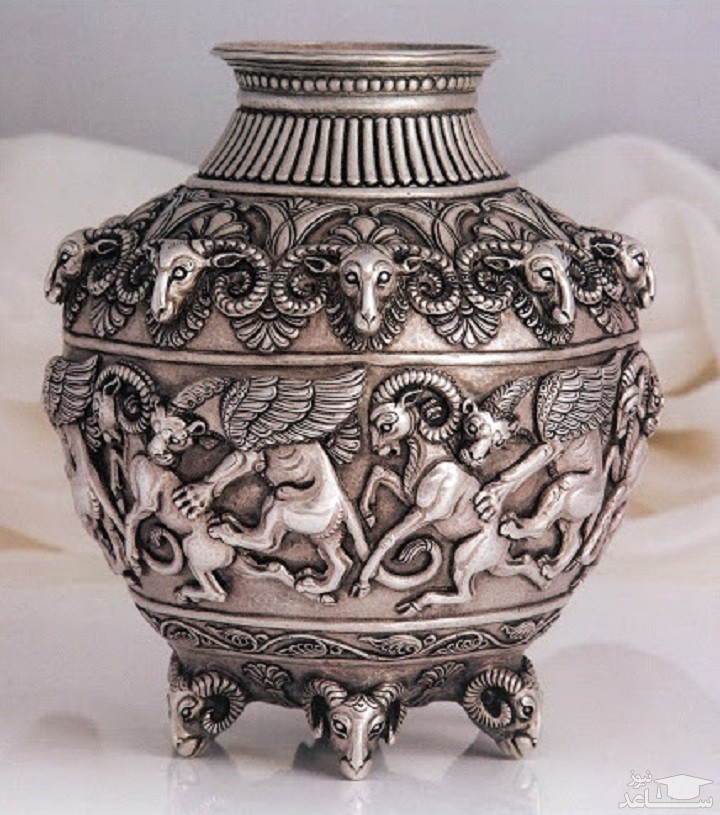
A short history of Iran’s penmanship, the production and manufacture of silver objects and penmanship on them have been common in Iran since long ago. The history of penmanship is attributed to the time of the Scythians or Sitites, who were of Aryan race.
The age of Hasanlu gold cup, which was discovered in 1336 and has prominent motifs such as gods riding on chariots.
It goes back to the first millennium. Marlik’s gold cups are also among the writing works of the same period.
From the period of the Medes, who came into use in Iran in the 7th century BC, there are few works of penmanship left.
With the formation of the Achaemenid government, the art of penmanship also changed and influenced the later era as well.
This period is actually in the midst of metalworking art, but due to Alexander’s attack and the burning of Persepolis, many works were destroyed.
And they were melted and turned into coins by order of Alexander.
During the Sassanid era, that is, in the years 224 to 650 AD, due to the expansion of trade between Iran,
Greece and Rome, Iranian art was influenced by Greek and Roman art. The most common dishes of this period were trays
that the Sassanians wrote pictures of hunting and kings’ ceremonies such as gift-giving ceremonies on them.
Metalworking in the Seleucid and Parthian periods

During the time of Alexander’s successors (Selukians), new cities such as Merv and Nessa were established, where workshops and industrial and artistic centers were established.
Many Greek artistic and cultural elements mixed with Iranian art and created Iranian-Greek art. The effects of Hellenic art in all fields, including architecture, pottery, metalwork, etc., are quite noticeable.
The works obtained from the excavations of Merv and Nessa under the supervision of Masson and Maruchenko show the artistic characteristics of this era.
With the disintegration of the Seleucids and the gaining of power of the Parthians, the Ashkanian government was formed (250 BC-224 AD).
In this period, the art of metalworking continued with not so many changes. Even though Hellenic Greek art clearly penetrated Iran in the Seleucid period and left several effects on it, by examining the remaining metal works from the Ashkan period, it can be concluded that the art The metalwork of this period is closer to the art of the Achaemenid period than to the Greek art.
The shape of the dishes is the same as in the Achaemenid period (bowls, rhytons, etc.) and only slight changes are seen in their role and shape.
For example, heart-shaped patterns have been replaced by Achaemenid egg-shaped patterns, and the petals of lotus flowers have become narrower and sharper.
The making of ornaments decorated with precious stones continued in the Ashkan period as well as in the Ahamanshi period
The art of penmanship in the Parthian period

With the coming of the Parthians in 250 BC to 224 AD, the art of calligraphy continued with the same Achaemenid style with little change.
The production of gold, silver, and bronze figurines in the Parthian period enjoyed a special prosperity, and ornaments inlaid with stones continued in the same Achaemenid style. In this period, due to the invasion of Alexander, there are no important works of art, and due to the chaos and the lack of attention of the Parthians to art, only at the end of this period did the creation of calligraphy works grow.
Also, sculpting has a special place in the Ashkan period and the remaining works show that these sculptures were made of various metals such as bronze, gold, silver and by molding method.
This metal art itself has branches, different types of styles, we will discuss each of them below.

Detailing style: Detailing, which is also known as pen detailing and feather background, is a method of painting the surface of metal objects or canvas using small and delicate patterns and designs, and by creating texture in the background of the canvas, the main design is revealed. They make and separate the work field from the plan.
Embossing style:
First step: They pour bitumen on the back of the metal canvas and cut the original design in half (the cutting in half is the stabilization of the design, which we will discuss in the next chapter).
The second step: After the half-cut is finished, the bitumen is separated from the back of the canvas and melted again, the melted bitumen is poured on the work, that is, the side that is cut in half, and the design is lowered from behind the metal canvas, where the design is visible, to the side The original will be highlighted.
The third step: After this work is completed, the bitumen is separated and the melted bitumen is poured behind the metal canvas. At this stage, the main design is highlighted, and the ground is smoothed with non-tread pens, and then the paving is done, the planing is done in the same style.
Photographic style: In this style, the background cannot be completely filled, they show the original design by creating shadows and lines in the background. In this method, in contrast to fine work, usually error designs, its stems are one line.
Embossed or (semi-embossed) style: In this method, after half-cutting, the background is lowered by about two centimeters with non-tread pens so that the original design appears in semi-embossed form, and then they are paved with grooved and non-tread pens.
Mesh style: In this method, after transferring the design by means of a pen, they fix the design. The metal mesh technique is done in three ways.
1. After cutting the design and paving in half, they cut the metal canvas with the help of a sharp pen and separate the design from the background, this mesh style is mostly done in Isfahan.
2. After cutting the design in half, the design is separated from the background by means of a bow saw and a hacksaw. This mesh style is mostly done in Arak.
3. After cutting the design in half, they make holes in the background with a drill and separate the design from the background with very fine files.
Pen style: The artist mostly uses this method for engraving and metal engraving. The pen of this style is conical and creates a groove-like state on the metal surface. Usually, the closer the angle of the pen is to the work surface, the thinner the groove will be and the less shavings will be removed from the metal surface. The writing style is done in two ways.
1. Using a pen and a hammer, the surface of the metal is grooved, this method of penning is done in Isfahan.
2. It works without a hammer. In such a way that they groove the surface of the metal only with a pen. This method of writing is mostly done in Tabriz.
 There are various painting designs in this Iranian art. Calligraphy is an art whose history goes back to the Scythian period. Some people believe that the Scythians were of Aryan race and migrated to Iran from the north of the Iranian plateau, and many others believe that the Scythians were permanent residents of the Caspian Sea coast. Anyway, we can conclude that the art of calligraphy is an ancient art that has a long history in Iran. To prove this, we can point to the golden cups that have been discovered in different regions of Iran. Among them, the Golden Cup of Hasanlu, which was discovered from Hasanlu hill near the village of Naqdeh in West Azarbaijan province. Also, the Marlik gold cups that were obtained from Marlik hill were all made of gold and engraving was done on them. The tools required for painting are hammers, various types of pens and metal surfaces, so it is obvious that this art has become popular in the past centuries. Of course, also consider this important point that we cannot estimate the age of the gold writing vessels correctly because the rate of oxidation or combination of gold during thousands of years is very small. So maybe some of the gold engraving containers in the museums are also fake!
There are various painting designs in this Iranian art. Calligraphy is an art whose history goes back to the Scythian period. Some people believe that the Scythians were of Aryan race and migrated to Iran from the north of the Iranian plateau, and many others believe that the Scythians were permanent residents of the Caspian Sea coast. Anyway, we can conclude that the art of calligraphy is an ancient art that has a long history in Iran. To prove this, we can point to the golden cups that have been discovered in different regions of Iran. Among them, the Golden Cup of Hasanlu, which was discovered from Hasanlu hill near the village of Naqdeh in West Azarbaijan province. Also, the Marlik gold cups that were obtained from Marlik hill were all made of gold and engraving was done on them. The tools required for painting are hammers, various types of pens and metal surfaces, so it is obvious that this art has become popular in the past centuries. Of course, also consider this important point that we cannot estimate the age of the gold writing vessels correctly because the rate of oxidation or combination of gold during thousands of years is very small. So maybe some of the gold engraving containers in the museums are also fake!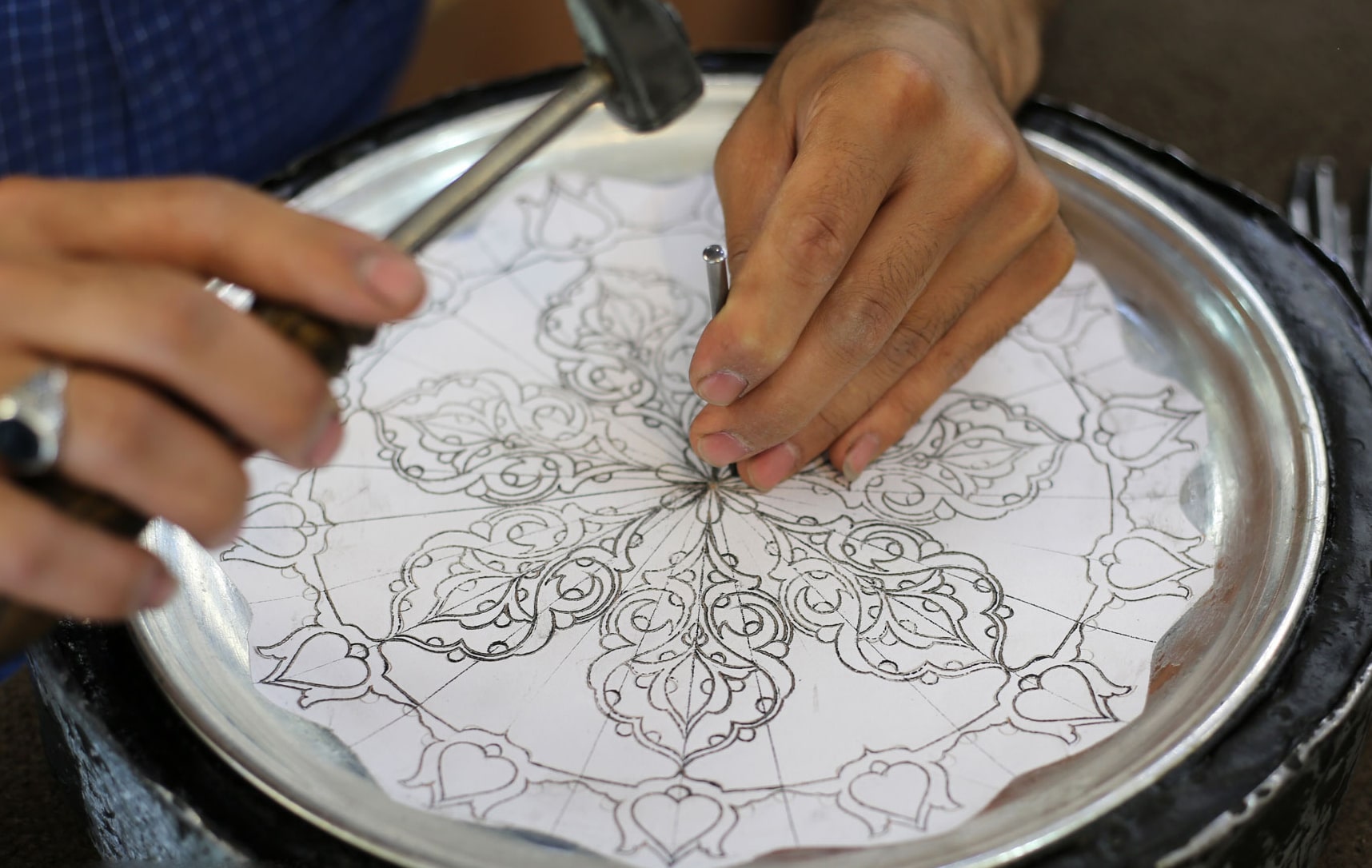
Fatim, which seems to have become common since the Scythians and Medes period, the art of writing on dishes, especially gold dishes. After that, with the rise of the Persians and the rise of the Achaemenid dynasty, the importance of this art increased. During the rule of the Achaemenid dynasty, important historical documents such as the time and how to conquer lands or build cities were written on bronze plates, which were also accompanied by images of the king of the time. The making of these inscriptions and tablets was done only by calligraphy masters.
Isfahan calligraphy is one of the important styles of this art, which we can say has flourished more than Shiraz and Tabriz styles. A major part of Isfahan painting is done in the city of Isfahan. You might think that the reason for the emergence of Isfahan calligraphy dates back to the Safavid era, but what we currently know as Isfahan calligraphy was born again in the second Pahlavi era and came to fruition.
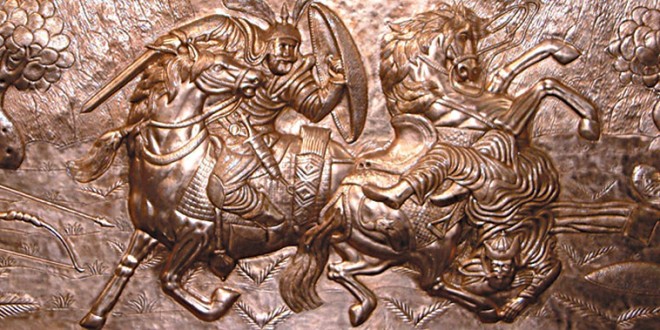
It is true that during the Safavid era, the importance of art and handicrafts increased, but during the Qajar era, many artists and calligraphy masters were isolated and this art almost fell out of vogue. You should know that the Qajar dynasty was hostile to all the heritage of the Safavid dynasty and they prefer to destroy all the beautiful works left from that time. Since Isfahan was the political capital and important city of the Safavids, the Qajarias made great efforts to destroy the Safavid monuments and relics from that time. We said that the Safavids gave great importance to art, and for this reason, during their rule, many arts flourished and reached their peak, especially in the city of Isfahan.
Therefore, many arts were combined to create beautiful works. For example, during the Safavid era, calligraphy masters created beautiful works, and after a while, the art of calligraphy merged with the art of penmanship, which resulted in metal vessels, mainly silver, which, in addition to the beautiful reliefs, contained calligraphy poems of famous Iranian poets. . Apart from silver, the art of writing was also used on bronze, copper and brass dishes, which were very beautiful and valuable in their own way. Unfortunately, during the Qajar rule, this art disappeared like other arts, and the master artists died in the corner of poverty and seclusion.
During the time of Pahlavi II, when the country had reached social and political stability to some extent, ancient arts such as calligraphy and enameling, etc., came to life again. they taught
